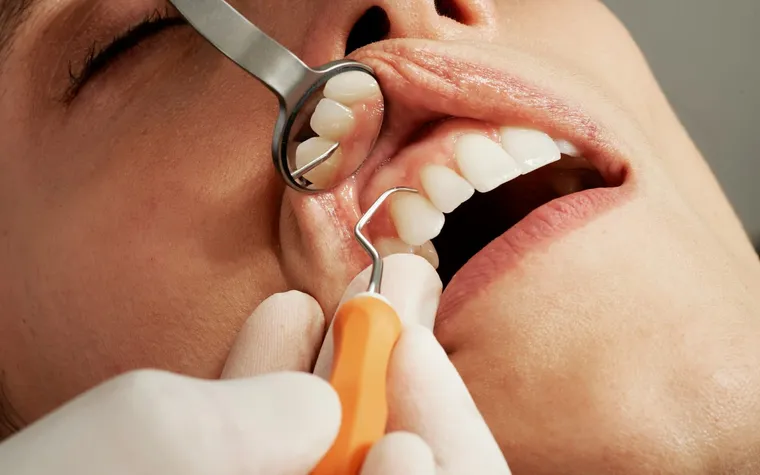Traditional dental implants have long been the go-to solution for replacing missing teeth, relying heavily on screw-based anchoring systems. However, the latest innovation in restorative dentistry—screwless dental implants—is gaining traction for its minimally invasive approach and natural aesthetics. These implants utilize advanced bonding techniques and customized abutments that snap into place, eliminating the need for screws while still offering strength and durability. This makes them a popular choice for patients seeking a quicker, more comfortable, and cosmetically appealing solution to tooth loss.
Screwless dental implants reduce the risk of complications often associated with screw-based systems, such as loosening, gum irritation, or even infection. By eliminating the screw component, the procedure often involves less drilling and bone trauma, resulting in a smoother recovery process. Additionally, the design allows for more precise placement and better esthetic results, particularly in the front teeth where appearance matters most. Dentists also find them easier to adjust or replace, improving long-term maintenance for the patient.
What Are Screwless Dental Implants?
Screwless dental implants are a modern form of prosthetic tooth replacement that forgo the use of traditional titanium screws to secure the implant post in the jawbone. Instead, they often rely on press-fit or friction-fit methods, where the implant is held in place by the natural shape of the implant and surrounding bone or soft tissue integration. Some systems use advanced biocompatible adhesives or magnetic retention, providing a snug fit and seamless appearance.
Advantages Over Traditional Implants
- Minimally Invasive: Requires less drilling and is often more comfortable.
- Faster Healing: Reduced trauma leads to quicker recovery times.
- Improved Aesthetics: No visible screw holes means a more natural look.
- Easy Maintenance: Easier to clean and adjust over time.
Ideal Candidates
Screwless implants may not be suitable for everyone. They are best for patients with good oral hygiene, sufficient bone density, and those looking for a less invasive procedure. A full dental evaluation is necessary to determine if this implant type is appropriate.
Conclusion
As dental technology evolves, screwless dental implants are emerging as a game-changing option for those seeking tooth replacement with less hassle and more comfort. With their advanced design and functional advantages, they offer an attractive alternative to traditional implants—especially for patients who prioritize aesthetics, comfort, and quicker recovery.

